Furkan Kıraç
NTIRE 2024 Challenge on Night Photography Rendering
Jun 18, 2024



Abstract:This paper presents a review of the NTIRE 2024 challenge on night photography rendering. The goal of the challenge was to find solutions that process raw camera images taken in nighttime conditions, and thereby produce a photo-quality output images in the standard RGB (sRGB) space. Unlike the previous year's competition, the challenge images were collected with a mobile phone and the speed of algorithms was also measured alongside the quality of their output. To evaluate the results, a sufficient number of viewers were asked to assess the visual quality of the proposed solutions, considering the subjective nature of the task. There were 2 nominations: quality and efficiency. Top 5 solutions in terms of output quality were sorted by evaluation time (see Fig. 1). The top ranking participants' solutions effectively represent the state-of-the-art in nighttime photography rendering. More results can be found at https://nightimaging.org.
Deterministic Neural Illumination Mapping for Efficient Auto-White Balance Correction
Aug 07, 2023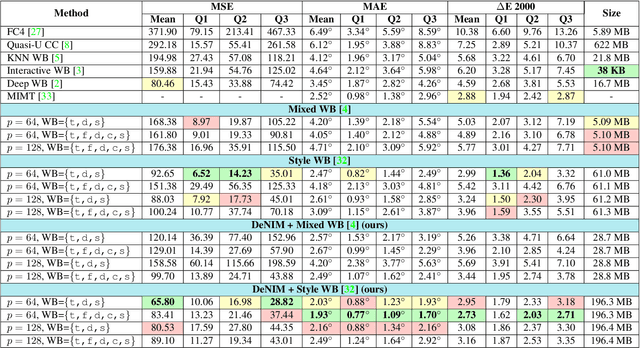

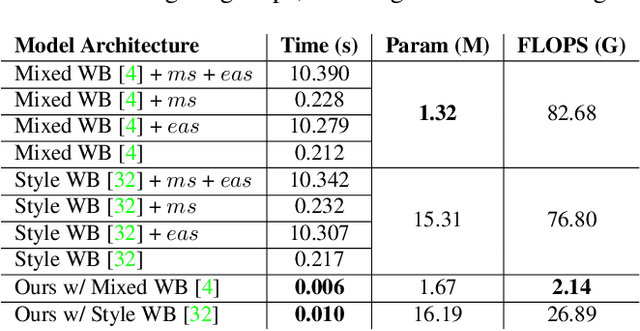
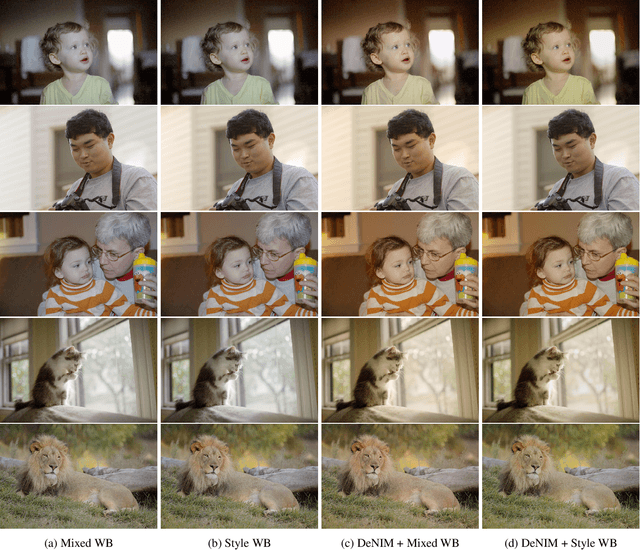
Abstract:Auto-white balance (AWB) correction is a critical operation in image signal processors for accurate and consistent color correction across various illumination scenarios. This paper presents a novel and efficient AWB correction method that achieves at least 35 times faster processing with equivalent or superior performance on high-resolution images for the current state-of-the-art methods. Inspired by deterministic color style transfer, our approach introduces deterministic illumination color mapping, leveraging learnable projection matrices for both canonical illumination form and AWB-corrected output. It involves feeding high-resolution images and corresponding latent representations into a mapping module to derive a canonical form, followed by another mapping module that maps the pixel values to those for the corrected version. This strategy is designed as resolution-agnostic and also enables seamless integration of any pre-trained AWB network as the backbone. Experimental results confirm the effectiveness of our approach, revealing significant performance improvements and reduced time complexity compared to state-of-the-art methods. Our method provides an efficient deep learning-based AWB correction solution, promising real-time, high-quality color correction for digital imaging applications. Source code is available at https://github.com/birdortyedi/DeNIM/
Reversed Image Signal Processing and RAW Reconstruction. AIM 2022 Challenge Report
Oct 20, 2022
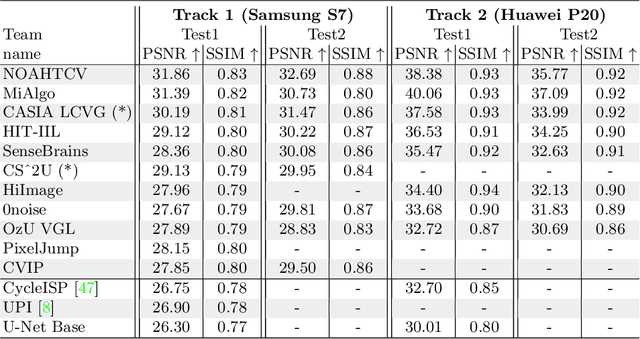
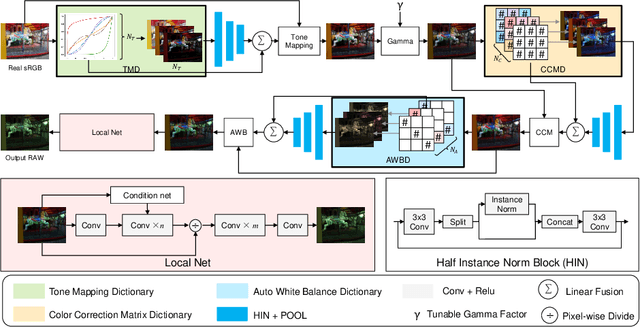
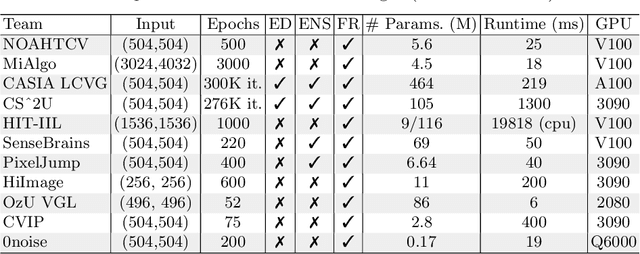
Abstract:Cameras capture sensor RAW images and transform them into pleasant RGB images, suitable for the human eyes, using their integrated Image Signal Processor (ISP). Numerous low-level vision tasks operate in the RAW domain (e.g. image denoising, white balance) due to its linear relationship with the scene irradiance, wide-range of information at 12bits, and sensor designs. Despite this, RAW image datasets are scarce and more expensive to collect than the already large and public RGB datasets. This paper introduces the AIM 2022 Challenge on Reversed Image Signal Processing and RAW Reconstruction. We aim to recover raw sensor images from the corresponding RGBs without metadata and, by doing this, "reverse" the ISP transformation. The proposed methods and benchmark establish the state-of-the-art for this low-level vision inverse problem, and generating realistic raw sensor readings can potentially benefit other tasks such as denoising and super-resolution.
AIM 2022 Challenge on Instagram Filter Removal: Methods and Results
Oct 17, 2022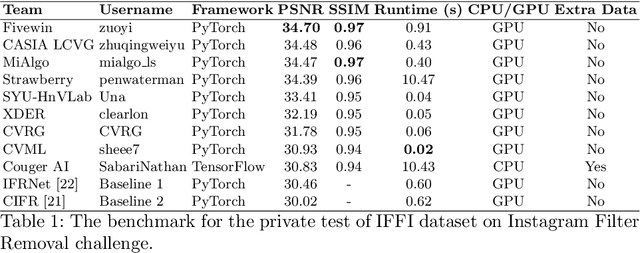
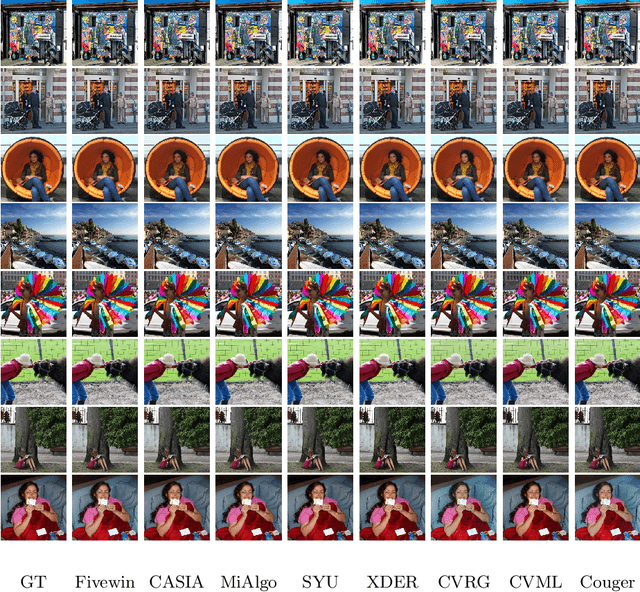
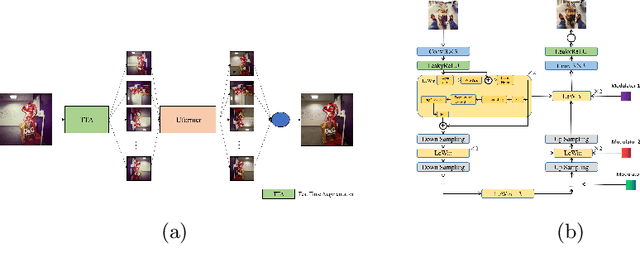
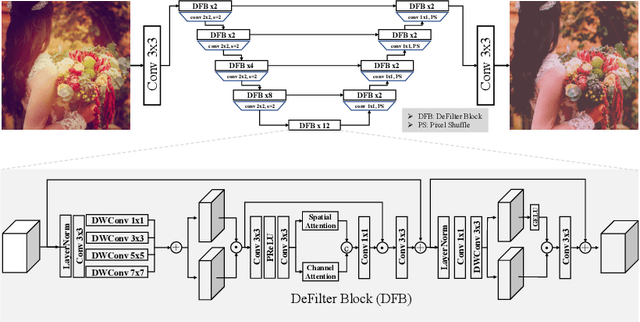
Abstract:This paper introduces the methods and the results of AIM 2022 challenge on Instagram Filter Removal. Social media filters transform the images by consecutive non-linear operations, and the feature maps of the original content may be interpolated into a different domain. This reduces the overall performance of the recent deep learning strategies. The main goal of this challenge is to produce realistic and visually plausible images where the impact of the filters applied is mitigated while preserving the content. The proposed solutions are ranked in terms of the PSNR value with respect to the original images. There are two prior studies on this task as the baseline, and a total of 9 teams have competed in the final phase of the challenge. The comparison of qualitative results of the proposed solutions and the benchmark for the challenge are presented in this report.
Reversing Image Signal Processors by Reverse Style Transferring
Oct 17, 2022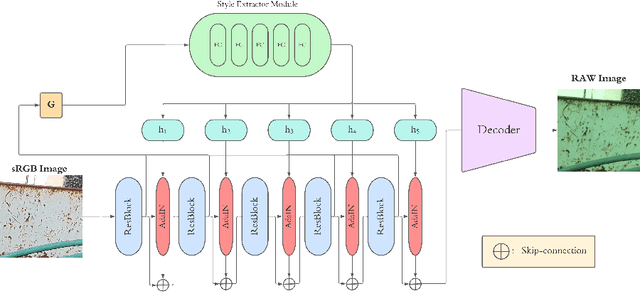

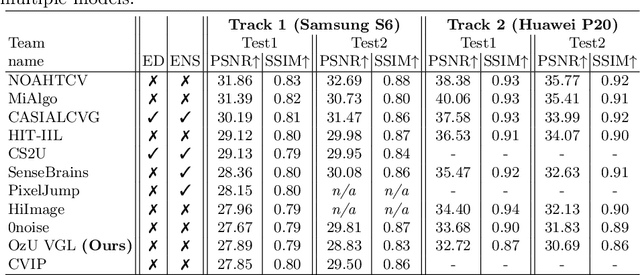
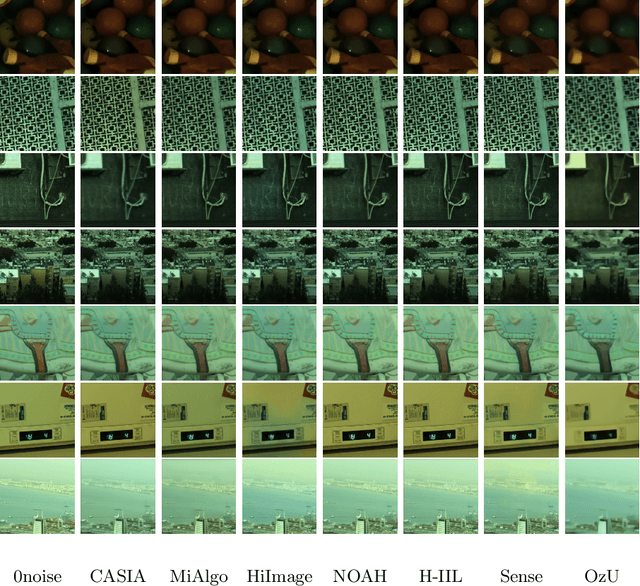
Abstract:RAW image datasets are more suitable than the standard RGB image datasets for the ill-posed inverse problems in low-level vision, but not common in the literature. There are also a few studies to focus on mapping sRGB images to RAW format. Mapping from sRGB to RAW format could be a relevant domain for reverse style transferring since the task is an ill-posed reversing problem. In this study, we seek an answer to the question: Can the ISP operations be modeled as the style factor in an end-to-end learning pipeline? To investigate this idea, we propose a novel architecture, namely RST-ISP-Net, for learning to reverse the ISP operations with the help of adaptive feature normalization. We formulate this problem as a reverse style transferring and mostly follow the practice used in the prior work. We have participated in the AIM Reversed ISP challenge with our proposed architecture. Results indicate that the idea of modeling disruptive or modifying factors as style is still valid, but further improvements are required to be competitive in such a challenge.
Modeling the Lighting in Scenes as Style for Auto White-Balance Correction
Oct 17, 2022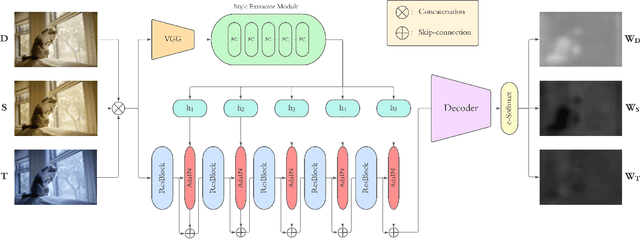


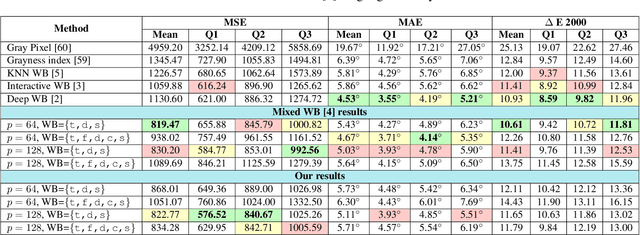
Abstract:Style may refer to different concepts (e.g. painting style, hairstyle, texture, color, filter, etc.) depending on how the feature space is formed. In this work, we propose a novel idea of interpreting the lighting in the single- and multi-illuminant scenes as the concept of style. To verify this idea, we introduce an enhanced auto white-balance (AWB) method that models the lighting in single- and mixed-illuminant scenes as the style factor. Our AWB method does not require any illumination estimation step, yet contains a network learning to generate the weighting maps of the images with different WB settings. Proposed network utilizes the style information, extracted from the scene by a multi-head style extraction module. AWB correction is completed after blending these weighting maps and the scene. Experiments on single- and mixed-illuminant datasets demonstrate that our proposed method achieves promising correction results when compared to the recent works. This shows that the lighting in the scenes with multiple illuminations can be modeled by the concept of style. Source code and trained models are available on https://github.com/birdortyedi/lighting-as-style-awb-correction.
Patch-wise Contrastive Style Learning for Instagram Filter Removal
Apr 15, 2022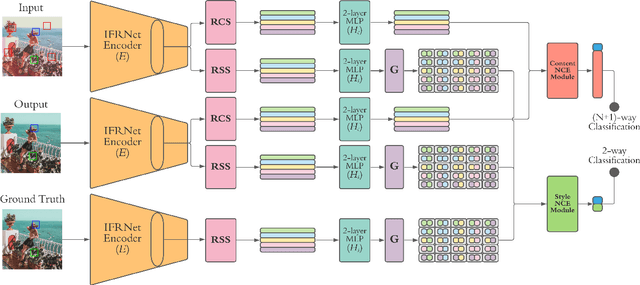
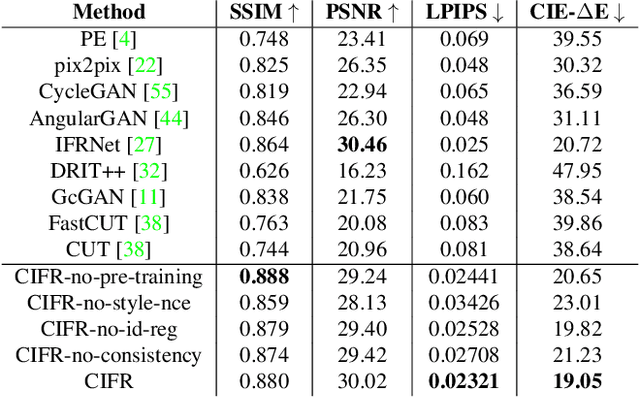
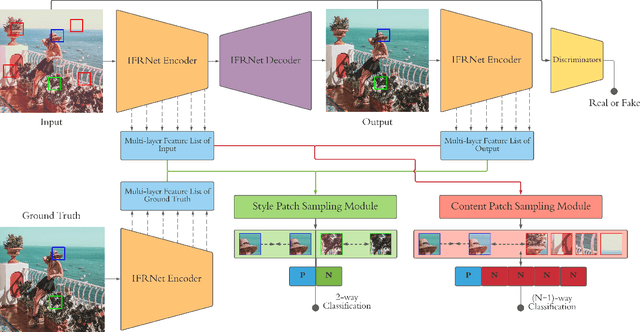
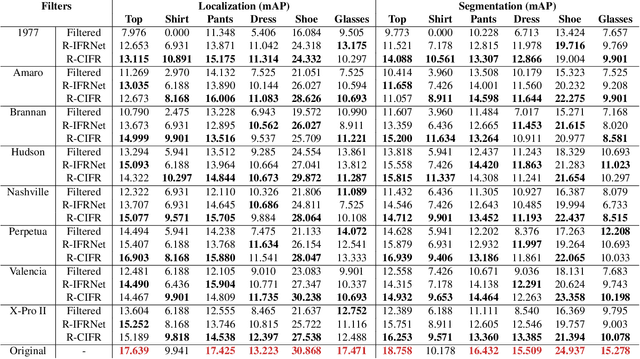
Abstract:Image-level corruptions and perturbations degrade the performance of CNNs on different downstream vision tasks. Social media filters are one of the most common resources of various corruptions and perturbations for real-world visual analysis applications. The negative effects of these distractive factors can be alleviated by recovering the original images with their pure style for the inference of the downstream vision tasks. Assuming these filters substantially inject a piece of additional style information to the social media images, we can formulate the problem of recovering the original versions as a reverse style transfer problem. We introduce Contrastive Instagram Filter Removal Network (CIFR), which enhances this idea for Instagram filter removal by employing a novel multi-layer patch-wise contrastive style learning mechanism. Experiments show our proposed strategy produces better qualitative and quantitative results than the previous studies. Moreover, we present the results of our additional experiments for proposed architecture within different settings. Finally, we present the inference outputs and quantitative comparison of filtered and recovered images on localization and segmentation tasks to encourage the main motivation for this problem.
Instagram Filter Removal on Fashionable Images
Apr 11, 2021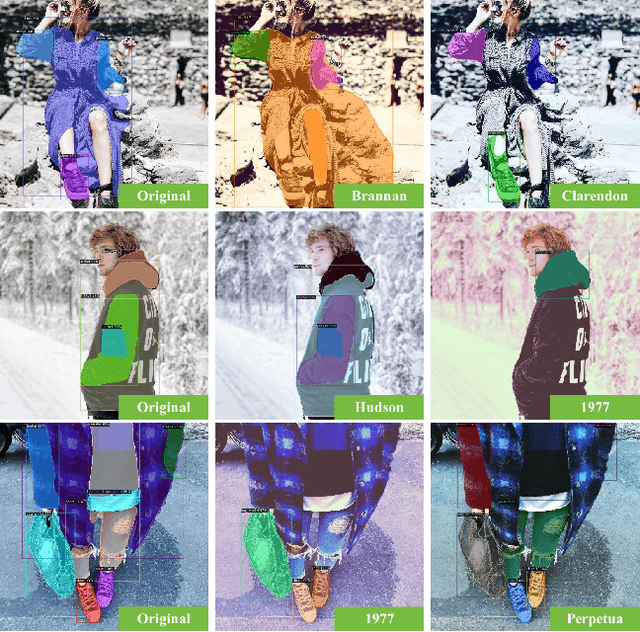

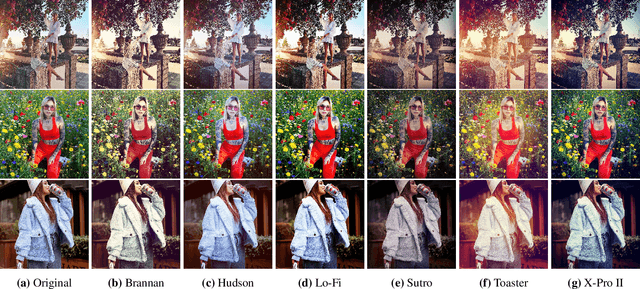
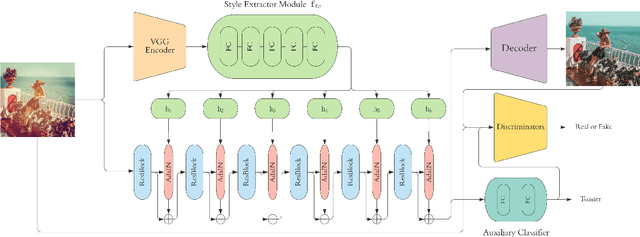
Abstract:Social media images are generally transformed by filtering to obtain aesthetically more pleasing appearances. However, CNNs generally fail to interpret both the image and its filtered version as the same in the visual analysis of social media images. We introduce Instagram Filter Removal Network (IFRNet) to mitigate the effects of image filters for social media analysis applications. To achieve this, we assume any filter applied to an image substantially injects a piece of additional style information to it, and we consider this problem as a reverse style transfer problem. The visual effects of filtering can be directly removed by adaptively normalizing external style information in each level of the encoder. Experiments demonstrate that IFRNet outperforms all compared methods in quantitative and qualitative comparisons, and has the ability to remove the visual effects to a great extent. Additionally, we present the filter classification performance of our proposed model, and analyze the dominant color estimation on the images unfiltered by all compared methods.
A Benchmark for Inpainting of Clothing Images with Irregular Holes
Jul 09, 2020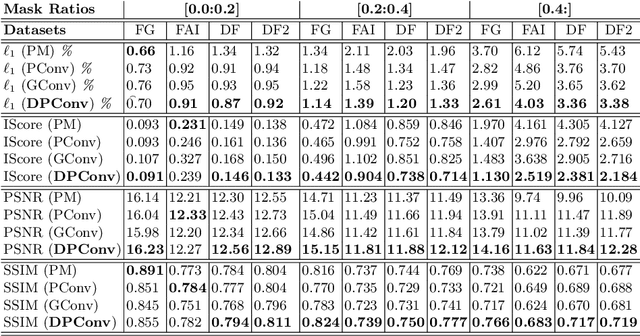
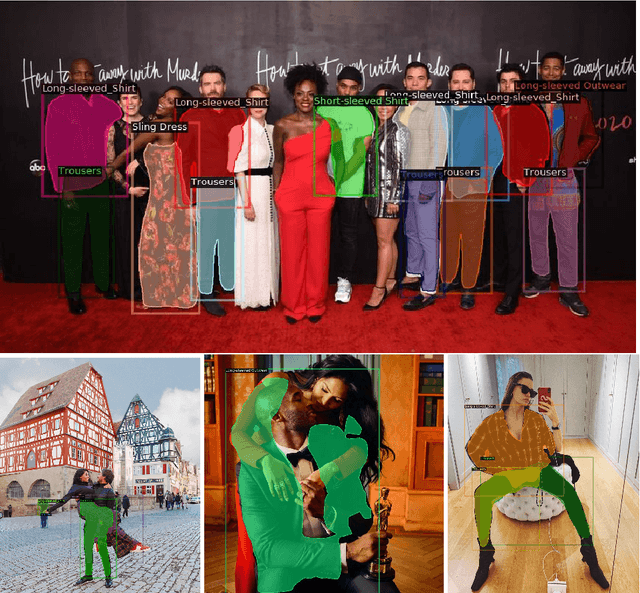
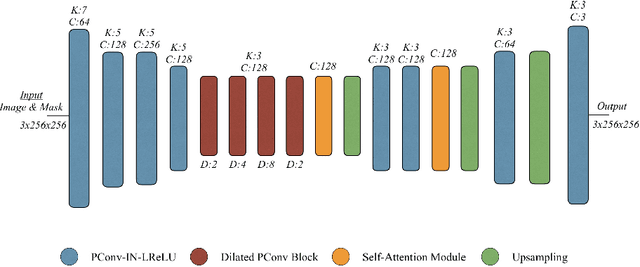
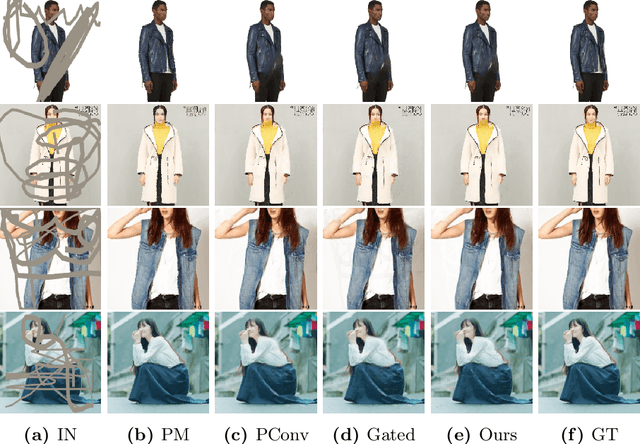
Abstract:Fashion image understanding is an active research field with a large number of practical applications for the industry. Despite its practical impacts on intelligent fashion analysis systems, clothing image inpainting has not been extensively examined yet. For that matter, we present an extensive benchmark of clothing image inpainting on well-known fashion datasets. Furthermore, we introduce the use of a dilated version of partial convolutions, which efficiently derive the mask update step, and empirically show that the proposed method reduces the required number of layers to form fully-transparent masks. Experiments show that dilated partial convolutions (DPConv) improve the quantitative inpainting performance when compared to the other inpainting strategies, especially it performs better when the mask size is 20% or more of the image. \keywords{image inpainting, fashion image understanding, dilated convolutions, partial convolutions
Quaternion Capsule Networks
Jul 08, 2020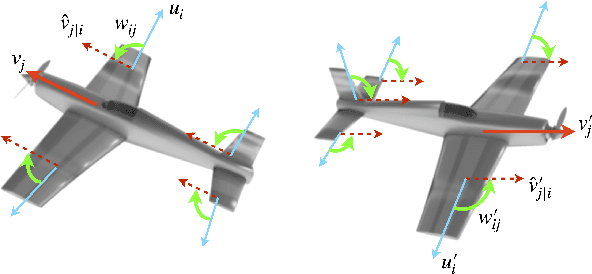
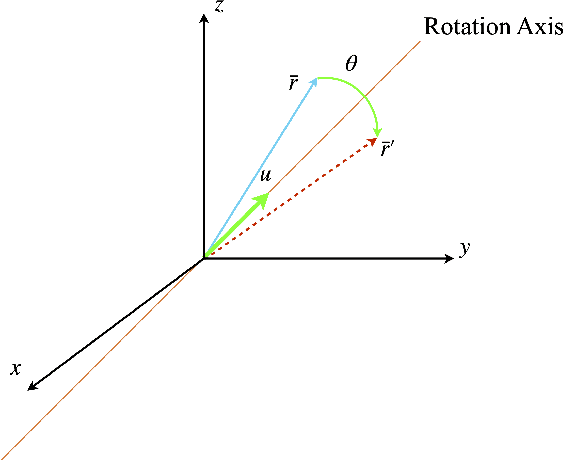
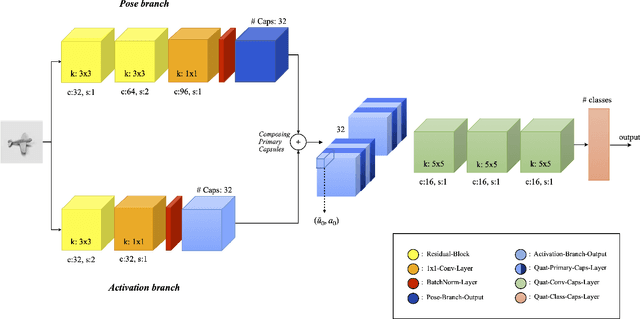
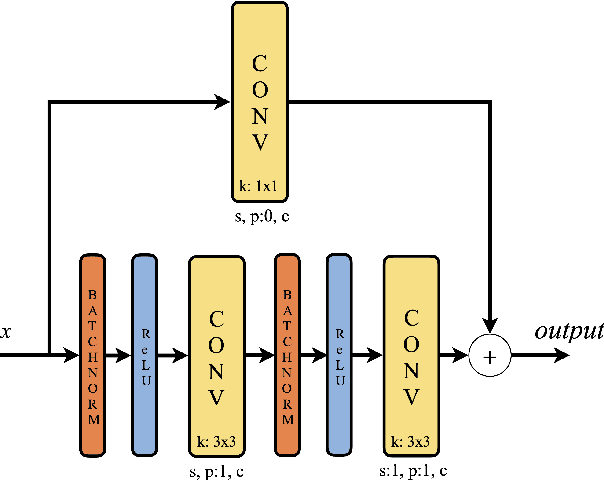
Abstract:Capsules are grouping of neurons that allow to represent sophisticated information of a visual entity such as pose and features. In the view of this property, Capsule Networks outperform CNNs in challenging tasks like object recognition in unseen viewpoints, and this is achieved by learning the transformations between the object and its parts with the help of high dimensional representation of pose information. In this paper, we present Quaternion Capsules (QCN) where pose information of capsules and their transformations are represented by quaternions. Quaternions are immune to the gimbal lock, have straightforward regularization of the rotation representation for capsules, and require less number of parameters than matrices. The experimental results show that QCNs generalize better to novel viewpoints with fewer parameters, and also achieve on-par or better performances with the state-of-the-art Capsule architectures on well-known benchmarking datasets.
 Add to Chrome
Add to Chrome Add to Firefox
Add to Firefox Add to Edge
Add to Edge